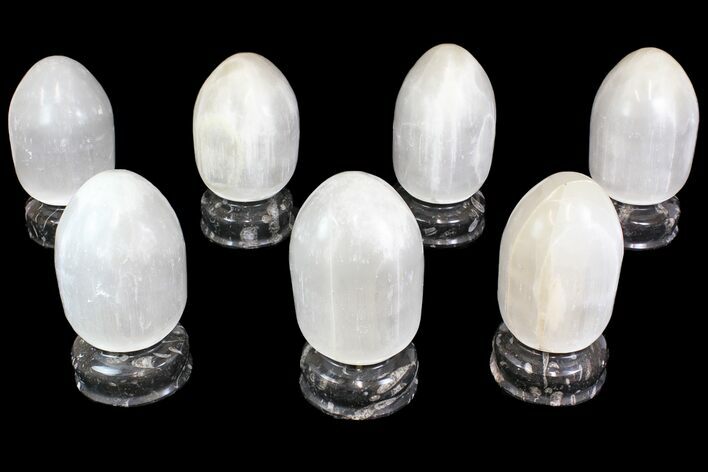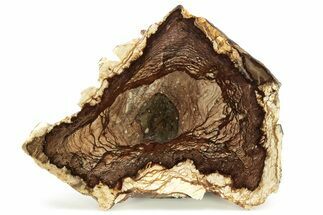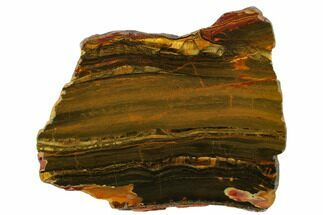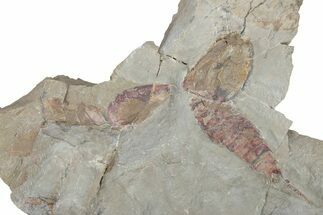This Specimen has been sold.
Lot: 7 Orthoceras & Selenite Balloon Lamps - Morocco
This is a wholesale box of 7 selenite "balloon" lamps made in Morocco. The base of each lamp is made of hard limestone featuring orthoceras and other fossil remains. They vary in slightly in height, but all are between 8 and 8.5" tall. Each lamp is around 4.2" in diameter.
They require a standard and inexpensive light fixture found in many types of lamps, including the very popular Himalayan salt lamps. Each lamp stands on three rubber "feet".
They require a standard and inexpensive light fixture found in many types of lamps, including the very popular Himalayan salt lamps. Each lamp stands on three rubber "feet".
Selenite is a variety of gypsum, a soft sulfate mineral composed of calcium sulfate dihydrate (CaSO4 · H2O). When chemically pure, gypsum is transparent and colorless, but impurities give the gypsum a diverse range of colors and formations. Desert rose selenite and satin spar are just a few of the varieties of gypsum known to have formed though hydrothermal processes.
The fossils commonly known as Orthoceras are extinct "straight" cephalopods that lived during the Upper Devonian period around 370 million years ago. Like other cephalopods, they lived inside of their shells, had tentacles they could use to grab food, and used jet propulsion, squirting water to move. The rock containing them is quarried from the Atlas Mountains of Morocco and frequently polished to reveal the fossils and make decorative items with them.
While Orthoceras is the common name for these cephalopods, there are actually several different genera, including Michelinoceras and Arionoceras, found in association. However, unless you are one of the world's leading experts on fossil cephalopods, you probably won't be able to tell them apart.
While Orthoceras is the common name for these cephalopods, there are actually several different genera, including Michelinoceras and Arionoceras, found in association. However, unless you are one of the world's leading experts on fossil cephalopods, you probably won't be able to tell them apart.
 Reviews
Reviews













